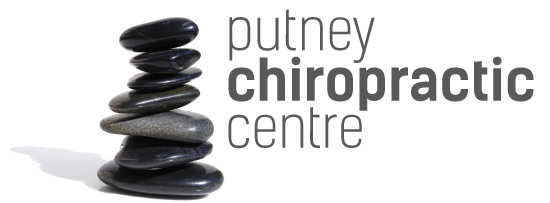The importance of manual dexterity
A little while ago, I came across an article whereby Professor Kneebone highlighted the decline in manual dexterity of his surgical students. He attributed this decline to years spent using a computer or tablet; swiping or tapping a two dimensional screen. In a world where we have everything at the tip of our fingers (literally), are we losing skills that our parents and grandparents spent years honing?
Younger generations are no longer sewing, kneading dough, knitting, tying specific knots or writing with a pen – all skills which require specific hand-eye coordination and practice! If these skills aren’t being taught in schools, or passed down from generation to generation, they will begin to die out (which would be incredibly sad).
It is not only dexterity that these skills teach, but patience, that hard work pays off, and that practice is how we learn. We are accustomed to instant gratification and reward without actually having to do anything! No need to learn the ingredients or recipe for a good curry, Deliveroo will have one with you in 30 minutes. Don’t bother learning to drive, an Uber will be out front in four minutes time.
As a chiropractor, I use my hands everyday - they are my most important tool. I have spent years feeling the spines of all walks of life and as a result, the sensitivity of my touch is a skill that is always improving, however, I am not immune to the pull of modern technology. This got me thinking, 'How could I further develop the use of my hands to counteract the use of my phone and laptop?' A quick Google search prompted me in the direction of knitting, and with the click of a button I had needles, wool and a pattern delivered to my flat within two days (oh, the irony!).
I did a little research into the benefits of knitting and found some very interesting results…
One study conducted by Harvard Medical School’s Mind and Body institute found that knitting can reduce heart rate by up to 11 beats per minute, as well as inducing an 'enhanced state of calm' similar to that of yoga!
Another study revealed a link between knitting and the reduction of chronic pain as attention is focused on the repetitive movement instead of concentrating on ailments.
The Mayo Clinic found that there was a reduction in memory loss and mild cognitive impairment in the over 70s who knitted.
A knitting charity’s in house survey demonstrated that knitting reduced depression and anxiety, as well as giving a sense of purpose and usefulness.
Personally, I have found knitting very therapeutic. It stops me mindlessly scrolling through my phone in the evenings, and it feels good to be using my hands. I do get excited when I see how my scarf has taken shape, and have a sense of accomplishment that I have ‘made’ something useful. I also appreciate the intricacy of different stitches, the time it takes to learn how to do each stitch, and how to read and follow a pattern!
